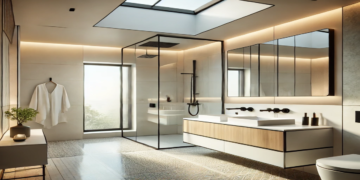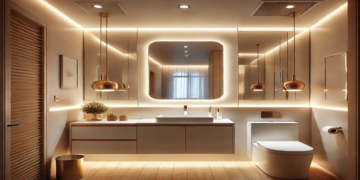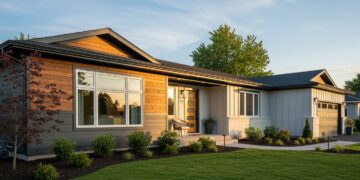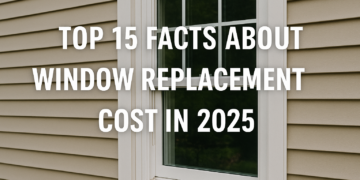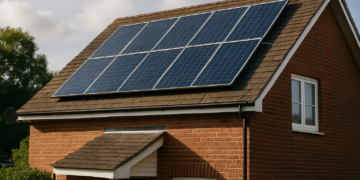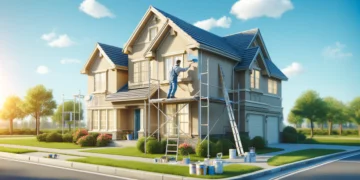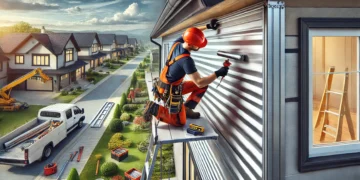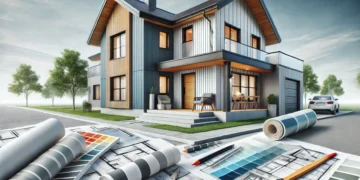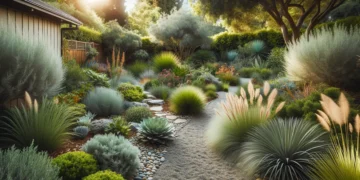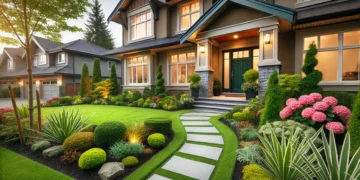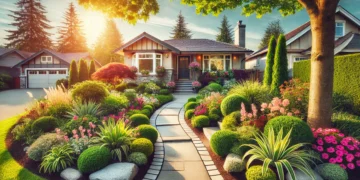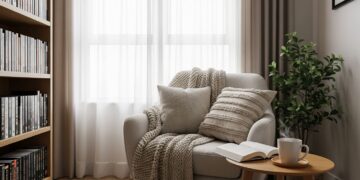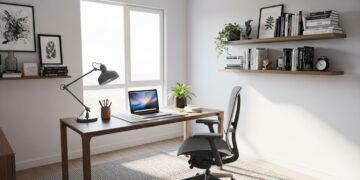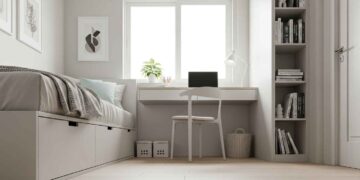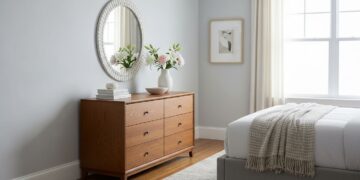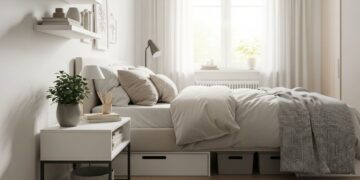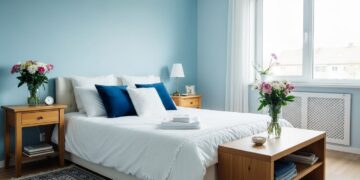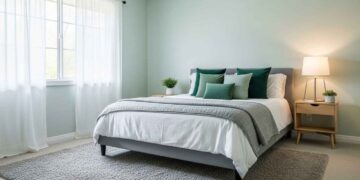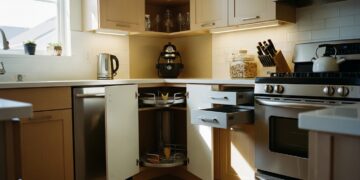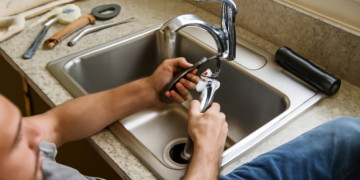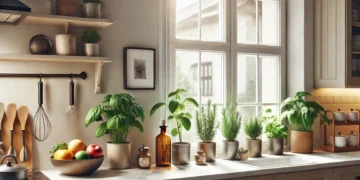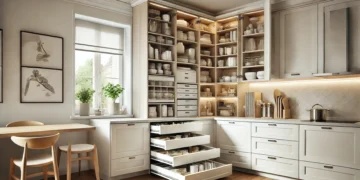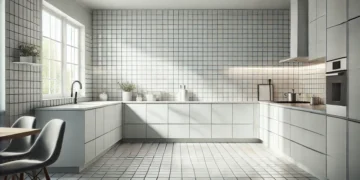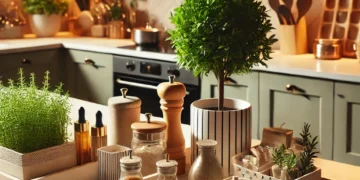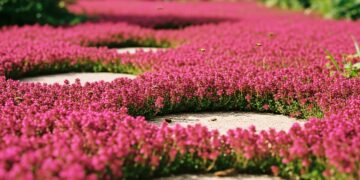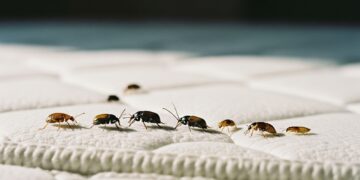The concern of many people when it comes to the construction of a house is not about the materials used underneath the visible side of the building. One of the common questions is: what kind of wood is always being put under siding? This article intends to fully investigate this matter, offering vital information to both homeowners and construction buffs.
The Importance of Proper Backing for Siding
The subject of what the various types of wood are used for, in any case, maybe the one that is foremost. Let’s start by examining how backing serves as a safety layer for siding. The material behind siding has a critical function:
- Mostly, it is for structural distribution
- Including the increase in wall insulation; and
- To keep water out, including directing it away
- Finally, the centering of the building will be fine
Common Types of Wood Used Behind Siding
Plywood

The choice for the back wood behind the siding is usually plywood. It is also used in the following ways:
- Enduring and hardy
- Increase withstand all forms of bending
- Stiffens the sidewise with the help of concrete slabs.
For a deeper understanding of the properties of structural plywood used in construction, you can explore resources provided by the APA – The Engineered Wood Association.
Oriented Strand Board (OSB)

On the one hand, it is worth mentioning that OSB is the right tray to be chosen for packing the space between the siding and the house. The benefits of this material are as follows:
- Price-effective
- It’s environment-friendly
- Guaranteed of the same quality
Solid Wood Boards

There are cases where the backing material, in this case, the solid wood boards, is used. That is, it is a rare case and is only found in older houses or unique construction forms. Understanding different approaches to exterior wall construction can be helpful, and you might find our article on how to update a brick house relevant as it discusses working with existing exterior materials.
What Goes Under Siding: The Layers Explained
It is always good to familiarize yourself with the various layers that make up the siding. According to the array that follows, the wood that might be under siding is US first:
1. Framing

The framing of a house is like the human skeleton. It includes long smooth pieces called lumber and is essential to the initial formation of the house.
2. Sheathing

Here is where you would have the wood backing. The sheathing is the wood that covers the framing and gives a surface to which you can attach the siding.
3. Weather Barrier

A weather barrier, usually made of synthetic materials, is put on this layer to keep the moisture from getting through. Understanding the importance of weather barriers in construction for protecting your home from water damage is crucial, and resources from the Building Enclosure Online offer valuable insights.
4. Insulation

It is thus likely that between the sheathing and the siding, there might be some other insulation attached depending on the construction.
What Goes Under Vinyl Siding?
Where the vinyl siding is concerned, the layers placed under the vinyl siding would not have much difference from the other types of siding but still have some peculiar points. The problem of what kind of wood backing is placed behind the siding also concerns the vinyl siding category. Either plywood or OSB are the main materials. For more ideas on exterior home improvement, including various siding options, check out our article on exterior home remodel ideas.
Wood Backing

The problem of what kind of wood is placed behind the siding also concerns the vinyl siding category. Either plywood or OSB are the main materials.
Foam Board Insulation

A lot of vinyl siding installations include a layer of foam board insulation for added energy efficiency.
Furring Strips

At particular times, wooden nailing strips are used to establish a flat surface for the vinyl siding to be attached to.
Factors Affecting the Choice of Wood Behind Siding
Different factors play into the choice of wood that is the most used. List them out, please:
Climate

The types of weather conditions that are rampant locally play a significant role in deciding which type of wood backing for siding is most favorable.
Building Codes

This is the most important part of the regulation that makes sure that metal sheathing must not go in with any other combustible materials such as wood sheathing.
Cost

The budget is frequently the most common hurdle standing in the way of the project’s progress. As already mentioned, the kind of materials used in the construction of the house is often determined by the cost.
Siding Type

Aside from aesthetics, the type of siding you choose also dictates the wood substrate you need to use. Contrasting materials, such as vinyl and aluminum, could have different support needs or attachment requirements. To explore various siding options and their styles, you might find our article on Top 50 Stylish Board and Batten Exterior Ideas for Your Home helpful.
The Installation Process: Putting Wood Behind Siding
Knowing the installation process can give you an idea of where to place certain types of wood behind the siding:
1. Framing Inspection

Firstly, the construction works by checking the contractor’s whole framework to determine if it’s not airtight or swaying, or whether there are leaky parts.
2. Sheathing Application

The selected wood can be either plywood or OSB, which would be fastened to the framing. Most often species like cedar and pine are the woods used behind sidings. Understanding the overall exterior wall structure is important, and our article on exterior home design for small houses touches upon various aspects of exterior construction.
3. Weather Barrier Installation

They are wrapped with a dry withdrawal membrane so that moisture cannot pass before the cladding is nailed to the substrate.
4. Insulation (if applicable)

If we have already taken a calculated risk on the structural soundness of the building we might consider insulating.
5. Siding Installation

Now, weatherproof materials like siding are fixed on all these layered surfaces and the structural system of the wall is completed.
Maintenance and Longevity
The choice of wood used in the construction is the main factor contributing to the lifespan and the maintenance of the whole wall system:
Moisture Resistance

The kind of wood that is commonly used as backing should have good shedding and durability of moisture which can make it possible to avoid the problem of decay.
Pest Resistance

The types of wood that are naturally pest-resistant are those that can sometimes be the dominant criteria in one region or the other. To learn more about specific wood species resistant to insects, you can explore resources from the USDA Forest Service.
Durability

The wood coat is one of the reinforcing elements that last in the dormancy time of a cover.
Environmental Considerations
In the case of wood, the environmental parameters are equally important when building, and these include the green issues along with the product selection such as the use of sustainable wood as sheathing:
Sustainability

There are currently some homeowners and builders who prefer wood-sourced sheathing to be sustainably sourced. Choosing eco-friendly building materials is becoming increasingly important, and our article on affordable home decor ideas also touches upon making conscious choices for your home.
Energy Efficiency

One of the materials’ configurational options that comes up the most when it comes to improving the energy efficiency of the walls is the backing material.
Future Trends in Siding and Backing Materials
Technological, social, economic, and scientific progress changes the construction field as well, and it includes the phases of the construction, such as what goes underneath the siding:
Engineered Wood Products

Where tiles are concerned, they normally are a heavier choice and thus provide a better sound barrier. Even among conventional tiles, several first and second-production models outperform many exotic tiles on different characteristics.
Composite Materials

Composites are materials combining wood particles and some other substances that are more and more used to be set up behind the sidings, and this net environmental impact reduction.
Smart Home Integration

The latest in backing materials technology may well consist of materials that interact with smart-home applications as a way to manage energy consumption.
Conclusion
The question of what type of wood is usually placed behind siding is deeper and more complicated than it is usually perceived. Plywood and OSB are the common woods but the specific selection varies with factors like the climate, building codes, cost, and siding material.
Recognizing the development of finishing methods and the utilization of different materials in the present time, these materials will probably undergo refinement and transformation in the near future thanks to new ideas and approaches within the construction business.
FAQs
What type of wood is usually placed behind the siding?
Most of the time lumber and OSB (Terminated Strand Board) are the generally used wood behind the siding. Plywood and Oriented Strand Board (OSB) are the most common types of wood used behind siding.
What is under siding on a house?
Underneath siding, the usual way is to build up layers that may include framing, sheathing, a weather barrier, and even insulation if it is identified properly, typically.
What goes under siding?
Usually beneath the metal sheeting, there is a wood sheathing or a weather barrier. Some may even contain insulation or furring strips too, depending on the need.
What goes under vinyl siding?
Beneath the vinyl covering, the underlayer consists of the wood backing sheet (either plywood or OSB), a weather barrier, and in some cases the foam insulation board.
Is plywood or OSB better for siding?
Both choices have relatively better properties. On the one hand, Plywood tends to be strong and preferable to OSB, since OSB is weaker in some respects. The choice often depends on specific project needs.
How long does wood backing last behind the siding?
Once properly installed, the wood shield is expected to last the entire residence life, typically 20-30 years or more.
Can I install siding without wood backing?
Some grocers do sell it without it, though in general wood backing should be used, as it is both a support and a provider of insulation.




